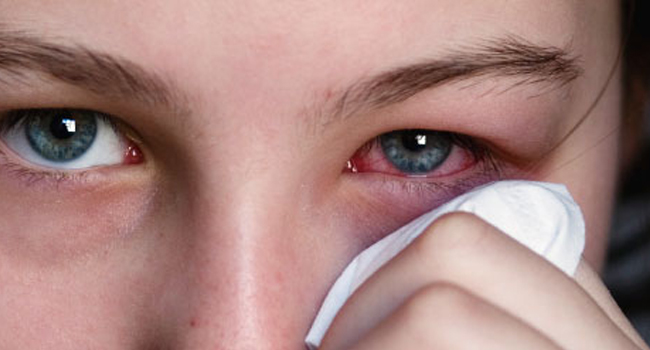Chronic Dermatological and Ocular Infections from Chlorine Exposure:
Today, almost all water disinfectants contain some amount of chlorine. The usage of chlorine is not new as people have been considering it as one of the most powerful sanitizers for a century. The first municipality in the U.S to treat water with chlorine was New Jersey. They found the chemical potential enough to kill harmful bacteria in the water and began using in their water reservoirs in 1908.
With the advancements in epidemiology, diseases and their sources were studied in greater depth. While typhoid, cholera and hepatitis were the center of concern for the previous generation, this generation faced a whole new kind of challenges. Respiratory defects, chronic skin infections and gastrointestinal defects were observed and one of the primary sources for these diseases was identified; presence of chlorine in the swimming pool water.
During 1983-2007, a total of 36 pool accidents were reported only in New York, which were directly related to the hazardous chemicals used for sanitization purposes. About 31 of them arose from the exposure to chlorine gas which resulted from the reaction of Sodium hypochlorite (a common ingredient of commercially available disinfectants) with organic compounds (such as human body). These accidents resulted from the treatment of water with chlorine chemicals, which are harmful for humans.
Numerous events have been reported from exposure to chlorine treated water in swimming pools, causing a range of diseases in users. Skin and eye infections are one of the most common complaints from such victims. The Center for Disease Prevention and Control (CDC) conducted a thorough research in the period 2002-2008 to study the scope of illnesses and injuries arising from chlorinated swimming pools.
Six states of the SENSOR, Sentinel Event Notification System for Occupational Risk Pesticides surveillance program as well as others from the NEISS, National Electronic Injury Surveillance System participated in this research to collect a diverse sample. In the final report, CDC stated that about 18% of the total cases were about dermatological problems. Another 33% of the people complained about ocular diseases that they had developed from exposure to chemical treated swimming pools. 1
One severe outbreak occurred in Nebraska in 2006 when a child was hospitalized after developing severe epiglottitis and laryngotracheobronchiti from an indoor swimming pool 2. Detailed investigation revealed that another 24 people caught a number of skin, eye and respiratory infections from using the same swimming pool. Besides cough, nausea and headache, people also reported of watery eyes and ocular inflammation.
Investigations revealted that these conditions arose from the excess chloramines accumulated in the air, after the water has been sanitized with chlorine chemicals. The inadequate exhaust systems and untrained safeguards aggravated the situation and led to a disaster. The Nebraska Department of Health and Human Services (NDHHS) immediately ordered to ban the toxic swimming pool in the motel.
Eye and chronic skin infections are the most commonly reported ailments arising from the exposure to chlorine compounds. Sodium hypochlorite reacts with the human body to create toxic compounds that cause skin infections and severe dermatological injuries. Moreover, inadequate ventilation allows toxic gases to accumulate in the closed area, which causes potential health risks to the people.
Resources:

